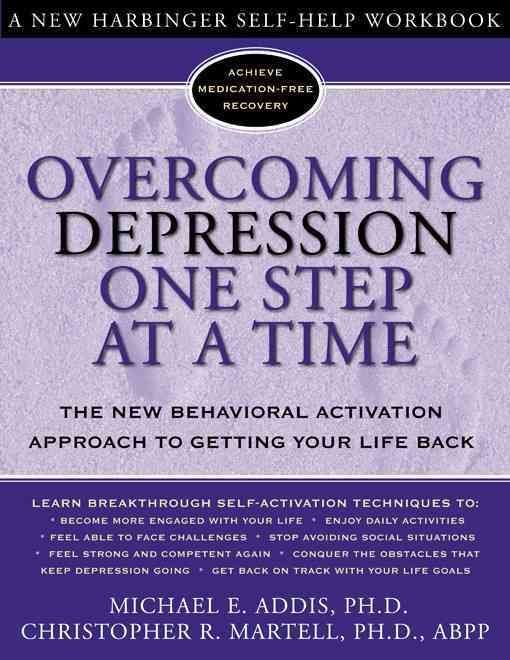Multiple complex pathways, characterized by interrelated events and conÂ- ditions, represent routes to many illnesses, diseases, and ultimately death. Although there are substantial data and plausibility arguments supporting many conditions as contributory components of pathways to illness and disease end points, we have, historically, lacked an effective methodology for identifying the structure of the full pathways. Regression methods, with strong linearity assumptions and data-based constraints on the extent and order of interaction terms, have traditionally been the strategies of choice for relating outcomes to potentially complex explanatory pathways. HowÂ- ever, nonlinear relationships among candidate explanatory variables are a generic feature that must be dealt with in any characterization of how health outcomes come about. Thus, the purpose of this book is to demonÂ- strate the effectiveness of a relatively recently developed methodologyÂ- recursive partitioning-as a response to this challenge. We also compare and contrast what is learned via recursive partitioning with results obÂ- tained on the same data sets using more traditional methods. This serves to highlight exactly where–and for what kinds of questions-recursive partitioning-based strategies have a decisive advantage over classical reÂ- gression techniques. This book is suitable for three broad groups of readers: (1) biomedical reÂ- searchers, clinicians, public health practitioners including epidemiologists, health service researchers, environmental policy advisers; (2) consulting statisticians who can use the recursive partitioning technique as a guide in providing effective and insightful solutions to clients’ problems; and (3) statisticians interested in methodological and theoretical issues.












